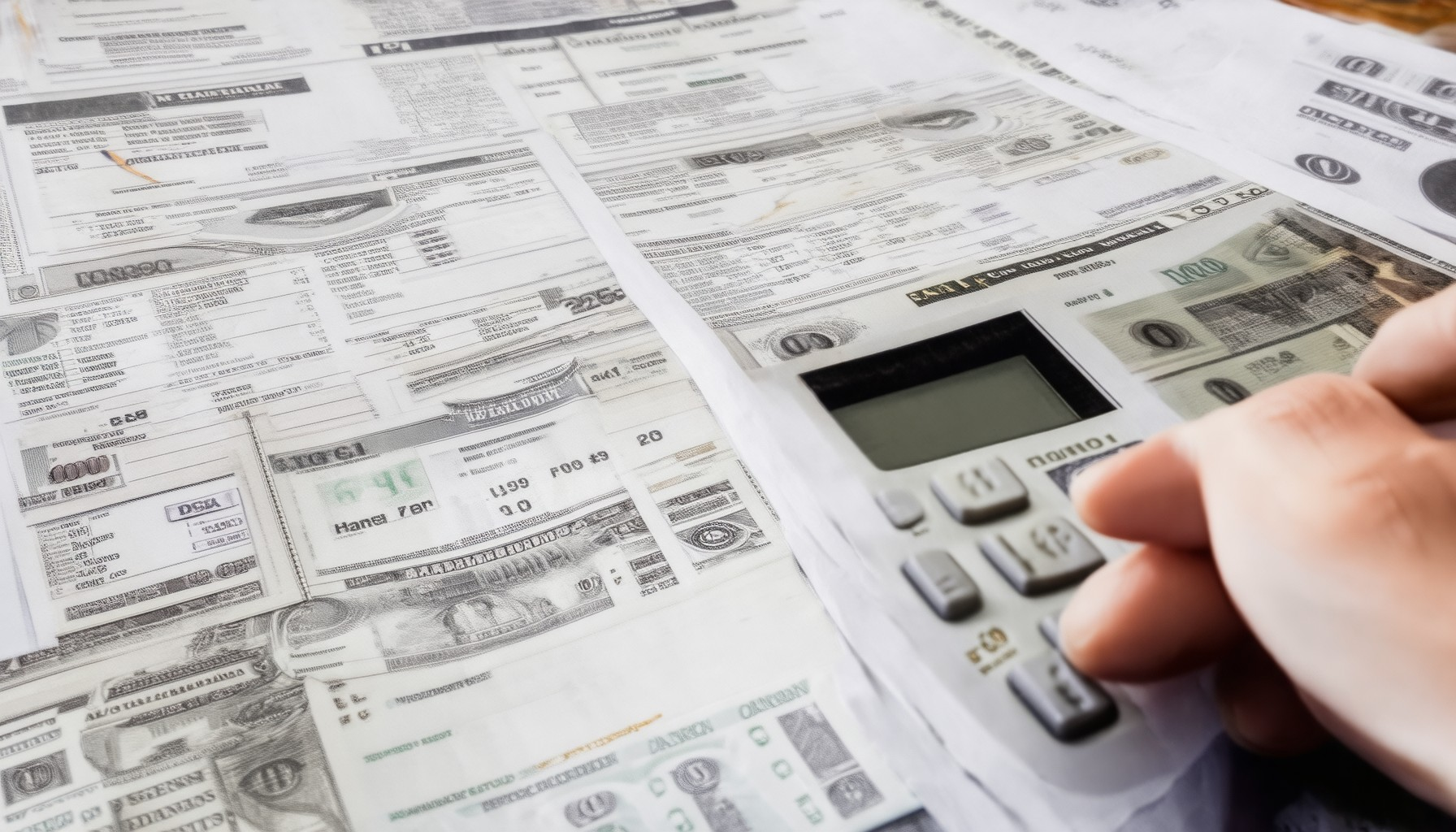Understanding real estate value appreciation is crucial for anyone aiming to maximize their investment returns or simply wanting to grasp how property values evolve over time. Over the course of two decades, real estate values can fluctuate significantly based on market conditions, economic trends, and geographic location. This article delves into the complexities of real estate value appreciation, exploring how much properties typically appreciate, the factors influencing these gains, and practical methods for calculating appreciation rates. By examining historical trends, regional variations, and expert strategies, this comprehensive guide will provide you with the insights needed to make informed decisions about your real estate investments. Whether you’re a seasoned investor or a first-time homeowner, understanding the dynamics of real estate value appreciation is essential for navigating the ever-changing housing market.
Key Takeaways
- Calculate Real Estate Value Appreciation: Use current value minus original purchase price to determine gains.
- Understand Real Appreciation Rates: Measure annual increases in property value accurately.
- Maximize Property Value Growth: Invest in high-growth areas and maintain a diversified portfolio.
- Strategic Tips for Higher Returns: Focus on long-term holding and location-based investments.

Real Estate Appreciation Over 20 Years
The appreciation of real estate over 20 years has been significant, with varying rates depending on location and market conditions. As of recent data, the average home price in the U.S. has increased substantially, reflecting broader trends in housing markets.
- Average Appreciation Rate: Over the past two decades, the average home price has grown from approximately $140,000 to around $503,800, indicating a notable increase in real estate values.
- Economic Factors: Several economic factors have contributed to this growth, including low interest rates, inflation, and demographic shifts. These elements have driven buyer demand and investment in residential properties.
- Regional Variations: It’s important to note that appreciation rates can vary significantly by region. For example, urban areas with strong job markets and infrastructure development often see higher returns compared to rural or less developed regions.
- Investment Potential: Real estate continues to be a popular investment due to its potential for long-term growth. Investors should consider market trends, economic indicators, and local regulations when making investment decisions.
For more detailed insights into specific locations and market trends, visit our real estate resources . Our experts provide comprehensive analysis and strategies for maximizing returns in various real estate markets.
Value Appreciation in Real Estate
In real estate, value appreciation refers to the increase in the worth of a property over time. This phenomenon occurs due to several factors, including economic trends, market demand, and property improvements.
Factors Influencing Value Appreciation
- Economic Indicators: Inflation and interest rate changes often drive appreciation. As costs rise, properties become relatively more valuable.
- Market Demand: An influx of jobs or businesses can boost property values in a specific area.
- Property Improvements: Enhancing a property through renovations or additions can significantly increase its value.
- Location Factors: Proximity to amenities, schools, or transportation hubs can positively impact property values.
How to Maximize Value Appreciation
- Renovations: Investing in kitchen upgrades, bathroom remodels, or energy-efficient features can add value.
- Smart Investments: Purchasing properties in up-and-coming neighborhoods or cities can yield long-term gains.
- Diversification: Diversifying your portfolio with properties in varied locations or asset classes can mitigate risks.
For more insights into understanding market trends and investment strategies, explore our resources on Understanding Market Trends and Investment Strategies .

How Much Do Homes Typically Appreciate in Value?
Home appreciation rates vary significantly depending on several factors, including location, market conditions, and economic trends. Generally, homes can appreciate anywhere from 5% to 15% annually , though this can fluctuate widely based on regional differences.
Key Factors Influencing Home Appreciation:
- Geographic Location :
- High Appreciation Areas : Regions with strong job markets, population growth, and high demand for housing often experience higher appreciation rates. Examples include parts of California, Massachusetts, and Rhode Island, which have historically seen higher returns over five years (e.g., +36% in Massachusetts and Rhode Island).
- Low Appreciation Areas : In contrast, areas with slower economic growth or oversupply, such as Oklahoma and West Virginia, may see lower returns (e.g., +14% in Oklahoma).
- Property Type :
- Properties located in sought-after neighborhoods, near amenities, or with unique features may appreciate more quickly than average.
- Market Conditions :
- Interest Rates : Lower interest rates can stimulate borrowing and increase demand, potentially driving up prices. Conversely, higher rates may slow purchasing activity.
- Inflation : Inflation can impact both purchase power and construction costs, indirectly affecting home values.
- Supply and Demand :
- Limited housing supply due to zoning laws or development restrictions can drive up prices, while increased availability can suppress appreciation.
- Economic Indicators :
- Strong job markets and population growth in an area can boost housing demand and lead to higher appreciation rates.
Example Data:
- Over a five-year period, the highest average returns have been observed in Massachusetts (+36%), Rhode Island (+34%), and California (+34%).
- The lowest average returns have been seen in Oklahoma (+14%), West Virginia (+15%), and Louisiana (+15%).
Understanding these factors can help homeowners and investors make informed decisions about their real estate choices.

How to Calculate Home Value Appreciation
To determine the appreciation of your home’s value, follow these straightforward steps:
- Determine the Current Value: Find out the estimated market value of your home today.
- Identify the Original Purchase Price: Note the price you originally paid for the property.
- Calculate the Gain: Subtract the original purchase price from the current value to find the total increase in value.
- Compute the Appreciation Rate: Divide the gain by the original purchase price to convert the gain into a percentage.
Mathematically, this can be expressed as:
[ \text{Appreciation Rate} = \left( \frac{\text{Current Value} – \text{Original Purchase Price}}{\text{Original Purchase Price}} \right) \times 100\% ]
For example, if you purchased a home for $300,000 and its current value is $425,000:
[ \text{Appreciation Rate} = \left( \frac{425,000 – 300,000}{300,000} \right) \times 100\% = 41.6\% ]
This calculation shows a 41.6% increase in value over the years.
Remember, this is a simplified method. A professional appraisal may provide a more detailed assessment, especially for official purposes like refinancing or tax calculations.
How to Calculate Real Appreciation
To determine the real appreciation of a property, follow these steps:
- Define Real Appreciation: Real appreciation refers to the increase in the value of a property over time, typically measured annually.
- Use the Appreciation Formula: The formula to calculate real estate appreciation is:
- Appreciation Rate = ((Ending Value – Starting Value) / Starting Value) × 100
- Plug In the Numbers: Use the property’s current value as the ending value and its original purchase price as the starting value.
- Calculate the Percentage Increase: Subtract the starting value from the ending value, then divide by the starting value to find the decimal form. Multiply by 100 to get the percentage.
Example:
If a property originally cost $200,000 and now sells for $250,000, the appreciation rate would be:
((250,000 – 200,000) / 200,000) × 100 = (50,000 / 200,000) × 100 = 25%
The factors influencing real appreciation rates include market conditions, property type, and location. To maximize your returns, consider consulting with a trusted real estate advisor or exploring resources like Real Estate Locations for expert insights and investment strategies.

What is an Example of Appreciation Value?
Appreciation value refers to the increase in value of an asset over time due to various factors such as inflation, demand, or investment growth. One classic example of appreciation value is the value of real estate properties. Over time, as cities grow and infrastructure improves, the value of a house or commercial property tends to rise. For instance, a house purchased for $200,000 may appreciate to $300,000 after several years, reflecting an appreciation value of $100,000.
Another example of appreciation value can be seen in financial investments like stocks or bonds. When a company performs well, the value of its shares often increases, resulting in appreciation. Similarly, fine art and collectibles, such as vintage cars or rare coins, also appreciate over time due to their increasing rarity and demand.
Understanding appreciation value is crucial for investors and homeowners as it reflects the potential for wealth creation through asset growth. By diversifying investments across different asset classes, individuals can maximize their exposure to appreciation value, aligning with current market trends and investment strategies.
To learn more about leveraging appreciation value in real estate and other investments, visit our comprehensive guide at Real Estate Locations . Our experts provide insights into market trends, investment strategies, and location-specific opportunities to help you make informed decisions.
Strategic Tips for Maximizing Appreciation Value
- Purchase Properties in High-Growth Areas: Investing in regions with strong economic growth potential can lead to significant appreciation.
- Diversify Your Portfolio: Spread investments across different asset types to mitigate risks and capitalize on diverse appreciation opportunities.
- Long-Term Holding Strategy: Patience is key to realizing full appreciation value, as assets often appreciate over extended periods.
By understanding and applying these principles, you can effectively harness the power of appreciation value to build and grow your wealth. Start your journey today by exploring our resources and tools designed to empower your real estate investments.




0 Comments